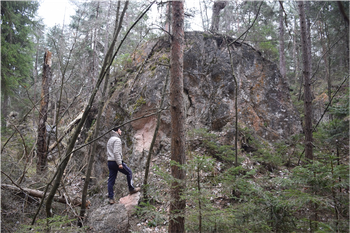Overview

WasteLands? explores the aftermath of medieval disasters in Europe from an archaeological perspective using a novel theoretical and research framework to tackle topics such as resilience, memory, power, and identity in the aftermath of destructive catastrophes. The project employs a non-invasive landscape approach based on an integrated methodology including remote sensing, fieldwork, GIS and building archaeology to address three iconic disasters across Europe: the Mont Granier megalandslide, 1248 (France); the Carinthia and Friuli earthquake, 1348 (Austria, Italy and Slovenia); the St Elizabeth’s megaflood, 1421 (Netherlands). The project will be developed under the supervision of Andrea Augenti (supervisor at the University of Bologna, Italy) and Matthew Johnson (co-supervisor at Northwestern University, USA). WasteLands aims to expand the theoretical debate about the concept of resilience by developing a study of natural disasters ‘in the landscape’, addressing under-represented topics through original dialogues between archaeology, cultural anthropology, and disaster studies scholars, and contributing effectively to disaster risk communication in contemporary societies. The latter activity will be strengthened through two project secondments at the Biesbosch Museum, Netherlands and at the INGV (Istituto Nazionale di Geofisica e Vulcanologia) in Bologna, Italy. The image above shows a boulder from the seismically-induced rockfall at the Dobratsch Massif, near Villach in Austria.